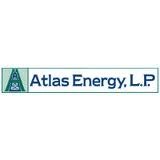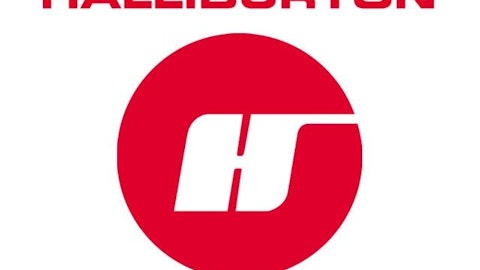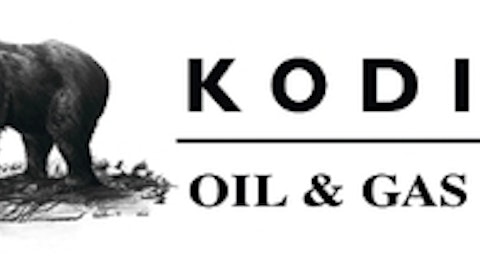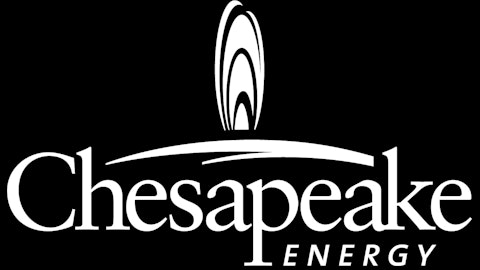There’s a fracking research study likely to be unleashed in the next several months on University of Tennessee land about an hour from the main campus in Knoxville.
Several companies, including Pittsburgh-based Atlas Energy LP (NYSE:ATLS), appear likely to submit proposals to participate in the effort by the August deadline. Atlas Energy LP (NYSE:ATLS) has already completed 450 natural gas wells in a four-county area of Tennessee.

Give it some gas
But while the drilling that ultimately occurs in Tennessee will involve fracking, it won’t include hydraulic fracturing. That’s because, rather than the hundreds of thousands or millions of gallons of water per well normally associated with fracking, the approach in the Chattanooga shale will involve the pumping of nitrogen gas into the rock, a substitution that works especially well in shallow formations.
According to Air Products & Chemicals, Inc. (NYSE:APD), while the use of nitrogen is about 15% more expensive than hydraulic fracturing, that difference is largely offset by an 11% increase in the estimated ultimate recovery of natural gas. Further, amid spreading drought conditions across much of the U.S., along with increasing requirements that drillers treat, recycle, and reuse flowback water, the use of nitrogen in fracking is surging.
Nitrogen three ways
Air Products & Chemicals, Inc. (NYSE:APD) notes that the proportion of the nitrogen used depends on a several factors, including the well’s depth:
- Nitrogen gas fracking is used in shallower formations — typically less than 5,000 feet deep — that are water sensitive. Since nitrogen is a poor proppant carrier, it’s ideal for use in brittle shale with natural fractures that tend to stay self-propped after they’ve been hit by pressure pumping.
- Nitrogen foam uses 53% to 95% nitrogen, with the remainder consisting of water. Given the ability to create this combination, fluid viscosity can be adjusted as need, and the volume of additives used is reduced by the percentage of nitrogen included. The result for operators is both environmental and financial benefits.
- Nitrogen-energized fracking involves the inclusion of the gas at rates below 53% of the total. Given its increased liquids content, this combination can be used in formations with depths up to 8,000 feet.
The benefits of nitrogenous fracturing in times of increasing water scarcity are hardly inconsequential. For instance, whereas in recent years farmers in some parts of Colorado forked over from $9 to $100 for an acre foot of water to cities with excess supplies, energy companies are now paying $1,200 to $2,900 per acre foot.
In drought-parched Texas, a typical hydraulically fractured well requires about 6 million gallons of water. And with Arkansas, Colorado, New Mexico, Oklahoma, Utah, and Wyoming also low on aqua, Halliburton Company (NYSE:HAL) has unleashed a new technology that makes wastewater available to its customers.
Other fracking goings-on
While water is likely to remain a key consideration for hydraulic fracturing for years to come, there are several other items of importance currently swirling about with regard to unconventional drilling, which has been responsible for a 30% increase in U.S. oil reserves and a 90% incrasee in our gas reserves:
- The Environmental Protection Agency continues to move forward with its nationwide study of the potential effects of hydraulic fracturing on groundwater and drinking water. A resulting report is expected to be released in 2014. In the meantime, 31 experts from universities, scientific laboratories, and industry have been appointed to review what promises to be a landmark document.
- The EPA also has abandoned its interminable and controversial research into whether fracking by Encana Corporation (USA) (NYSE:ECA) fouled the water table in Pavillion, Wyo. The effort was a follow-up to a 2011 study by the agency, which purported to find a connection between Encana Corporation (USA) (NYSE:ECA)’s operations and the contamination of an aquifer, has been turned over to Wyoming officials. They plan to release a final report next year.
- The Obama administration has set forth a proposed rule requiring oil and natural gas companies that drill on federal land to disclose the chemicals used in their hydraulic operations. It also would establish standards for well construction and waste disposal.
A Foolish takeaway
Hydraulic fracturing, it seems, will always be a target for environmental grousing and federal nitpicking. It seems unlikely, however, that it will ever be severely curtailed. On that basis, I’m increasingly becoming a proponent of Chesapeake Energy Corporation (NYSE:CHK), especially under its new management.
The company is the nation’s second largest natural gas producer, its most active fracker, and the holder of substantial acreage in many of our nation’s major shale plays. it’s also likely to see its shares propelled higher by what’s likely to be an increase in U.S. natural gas demand.
The article Is Fracking on the Verge of Drying Up? originally appeared on Fool.com is written by David Smith.
Fool contributor David Smith owns shares of Chesapeake Energy. The Motley Fool recommends Halliburton and National Oilwell (NYSE:NOV) Varco, owns shares of National Oilwell Varco, and has options on Chesapeake Energy.
Copyright © 1995 – 2013 The Motley Fool, LLC. All rights reserved. The Motley Fool has a disclosure policy.





